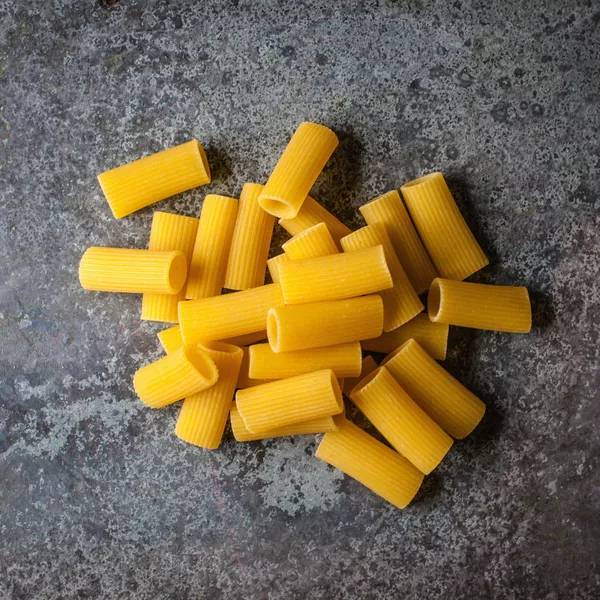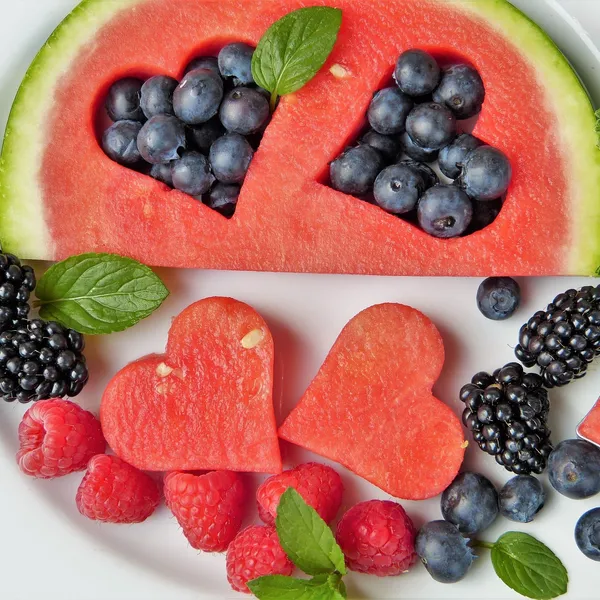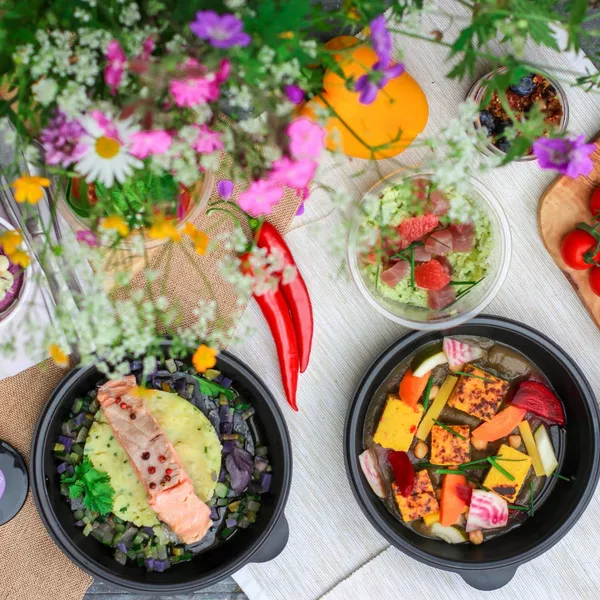Cruciferous vegetables can have a strong, bitter taste. That, in combination with boiling or steaming them to within an inch of their lives, makes for a very unappealing combo. The good news is that modern varieties of cruciferous veggies have been bred to reduce that bitterness, and by using cooking methods that add lots of flavours and preserve the textures of these veggies, it's much easier to learn to love these crucial veggies.
Roasting/Sautéing
Works best with cauliflower, Brussels sprouts, turnips, and other stronger tasting vegetables
- Roast in the oven on high heat (200–210°C) or sauté on high heat in a heavy-based frypan. You’ll want the vegetables to brown and caramelise – this reduces their bitterness.
- Pan-fry the vegetables in extra-virgin olive oil, or coat well with oil before roasting.
- Add in flavours – try garlic and parmesan, or diced pieces of shortcut bacon. A tiny pinch of salt and pepper to taste will also work wonders.
Raw – Sliced/Shredded/Grated
Works best with cabbage, wombok, cauliflower, broccoli
- Finely slice cabbage or purple cabbage and add to tacos or a crunchy salad.
- Finely shred wombok for a Vietnamese chicken and cabbage salad.
- Scatter rocket
over a pizza or add into an omelette.
- Slice radish
thinly and add to salads or into a sandwich.
- Grate or use a food processor to blitz cauliflower or broccoli into ‘rice’, then add into tasty rice dishes such as fried rice or risotto for a veggie boost.
Tip: In a hurry? Your supermarket will likely sell these ready prepped; look for slaw mixes or pre-grated cauliflower rice.
Mashing
Works best with cauliflower, swede and other mild tasting vegetables
- Mash cauliflower
with potato.
- Mash swede
and carrot with some spices and enjoy as a side.
Stir-frying
Works best with leafy vegetables, cabbage, broccolini and other crunchy vegetables
- Slice cabbage
or kale and add to a stir-fry or fried rice.
- Stir-fry bok choy, gai lan or choy sum with garlic and dress with some soy sauce or oyster sauce, and sesame oil.
- Stir-fry broccolini
with chicken strips and teriyaki marinade.
Soups/Stews/Curries
Works best with cauliflower, cabbage, kale and root vegetables, eg, swede, turnips, daikon
- Use swedes
and turnips in a soup or stew base.
- Add chopped cabbage or kale into a minestrone soup.
- Add sliced bok choy into a bowl of instant miso soup.
- Add broccoli or cauliflower florets into a curry.
Snacks
- Cut raw broccoli
into small florets and enjoy with a yoghurt and mustard dip.
- Create a mini veggie tasting plate with quartered radish, veggie sticks (carrot, capsicum) and dip.
- Bake or air fry kale chips.
Header image: Pexels








